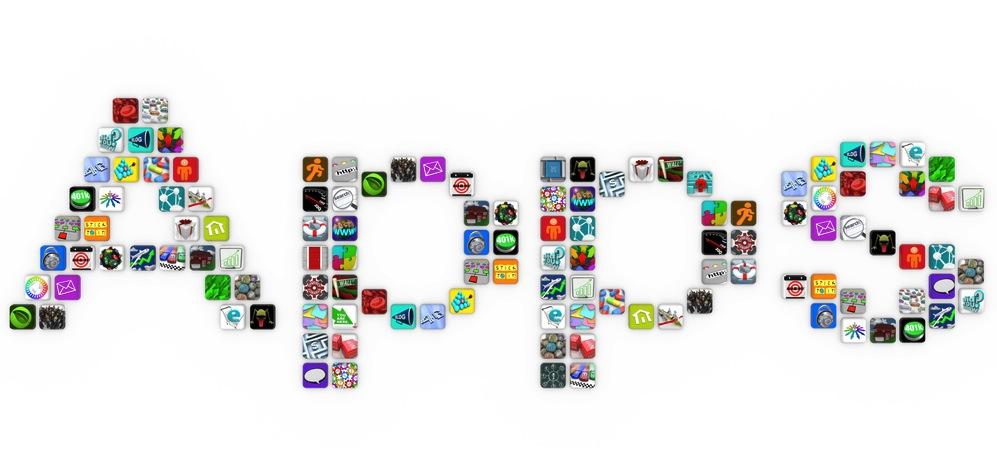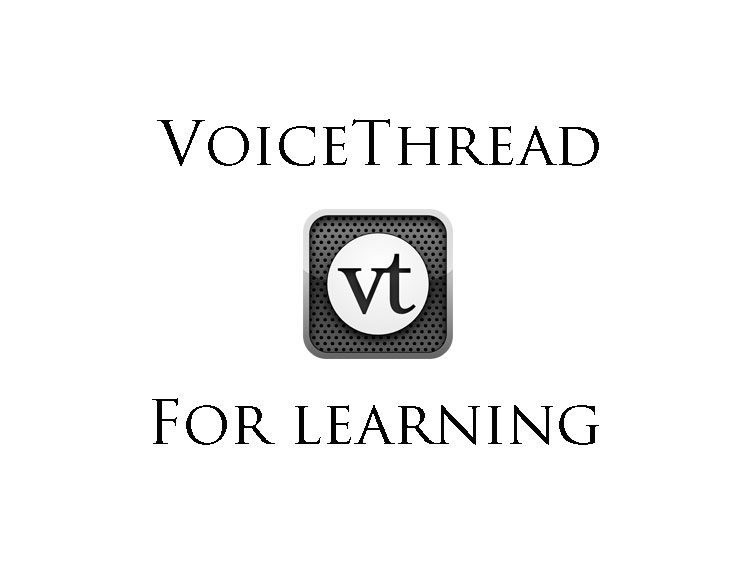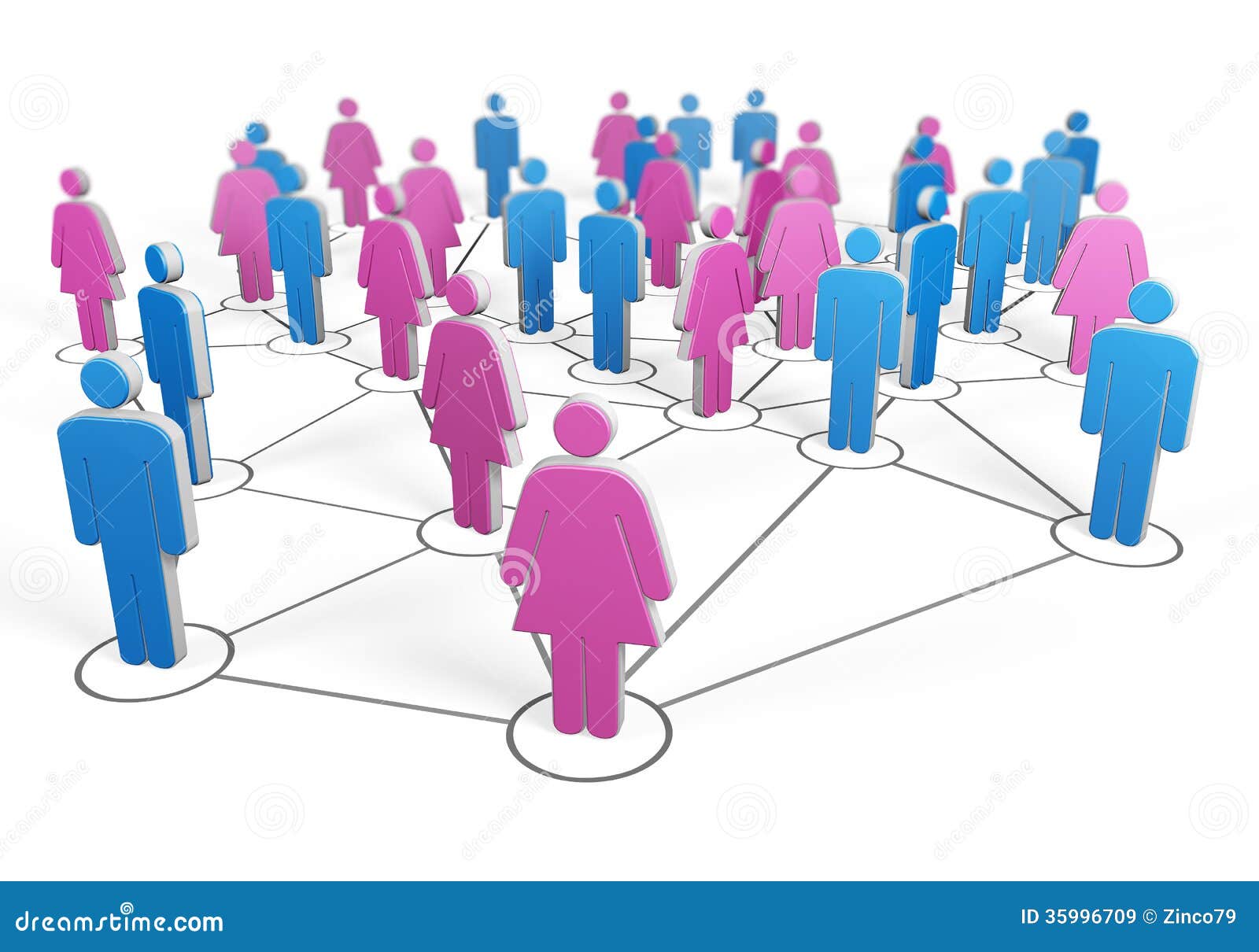Got Apps?
Want to make your life a little easier? Need a quick easy way to get stuff done? Apps are the way to go! This tuesday during class, Professor Calderwood, went over countless applications that could not only benefit us, but can make learning more fun.
 Lets start with the coolest one in my opinion. Daqri 4D. So this app you can only use on an iPad, but it's well worth it. It pretty much takes a snapshot of a sheet of paper with an image on it, and makes that image come to life. It is a 4D virtual depiction. You can view this from all different angles to get the full effect! You can use all different types of images too. There is also 4D Hearts, 4D Studio, and Anatomy 4D which are all made by Daqri. You just download the sheets and print them out. This is a good learning tool for children that do not understand certain animals or things yet.
Lets start with the coolest one in my opinion. Daqri 4D. So this app you can only use on an iPad, but it's well worth it. It pretty much takes a snapshot of a sheet of paper with an image on it, and makes that image come to life. It is a 4D virtual depiction. You can view this from all different angles to get the full effect! You can use all different types of images too. There is also 4D Hearts, 4D Studio, and Anatomy 4D which are all made by Daqri. You just download the sheets and print them out. This is a good learning tool for children that do not understand certain animals or things yet.
So another app that is very similar to the previous one is called the Colar Mix App. This one is the same general concept; however, this gives the user a chance to print out an image and actually color it in yourself. Then it brings your picture to life for you. The image will actually move too. For instance, you use a bird, it will actually start walking and such. Pretty nifty if I do say so myself.
The next one is called Nearpod. This is a fun way for teachers to get their students involved in lessons.
Another effective learning app is Quizlet. The good thing about Quizlet is that you can access it on a laptop too. This is a good studying tool to use. I personally have used it countless times to prepare for tests. It is mostly effective for me because the flash cards read out loud and they play on their own. This is perfect to just listen to your information or you can even play games with the material you are studying.
The last app that I really liked was called Educreations. This is a good app to do demonstrations on or to explain things on. Such as math problems or just a step by step example. Educreations is an easy fun program that could really benefit its users.
"What does opportunity look like, unless you take it."
On a final note, I would like to discuss our interaction with a man who has impeccable experience in not only his area of expertise but has wise words for students pursuing a career. Jaime Casap has been working at Google for 8 years as a Google Global Edu Evangelist. He is from Hell's Kitchen, New York; which makes me appreciate his hard work even more. He never had anything handed to him; he went out and fought for everything he has. Casap grew up in a single mother home, just like myself and the one thing that kept him on a steady uphill path was education. It is very inspiring seeing someone climb to the top of their profession just by dedication and of course building connections. Casap states that Google is up to doing about 1 million chromebooks a month! What a remarkable accomplishment for a company. He also discusses that Google focuses more so on their users than anything. They do not worry about the competition against Apple, Microsoft, and many others. They worry about will be the next best thing for their costumers. Furthermore, Casap gave our class beneficial advice for moving up in the world. It's all about your connections. Thank you again Jaime Casap for taking time out of your crazy schedule to talk with my class. We all appreciated your presence.


















